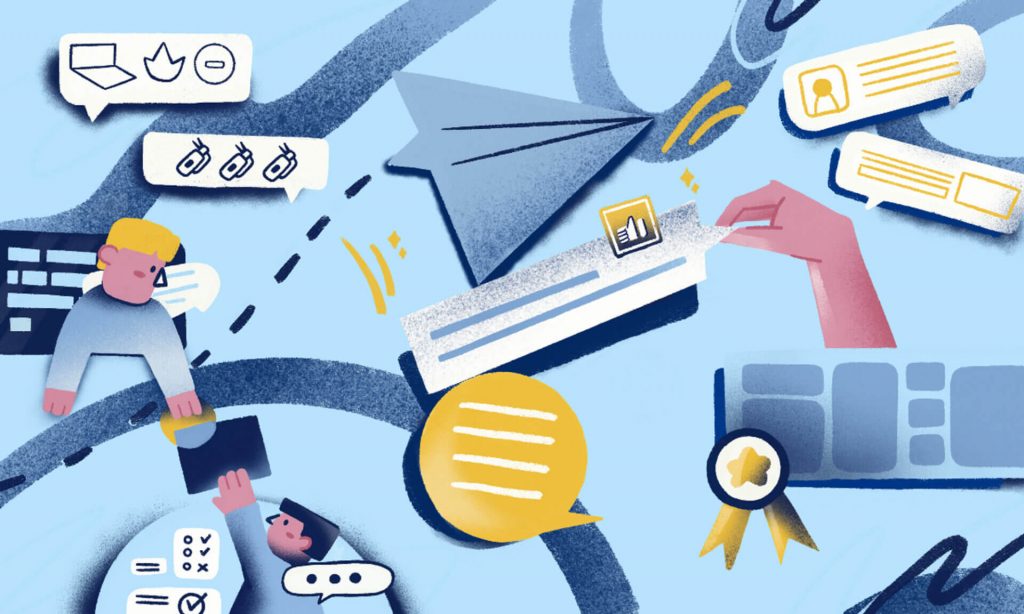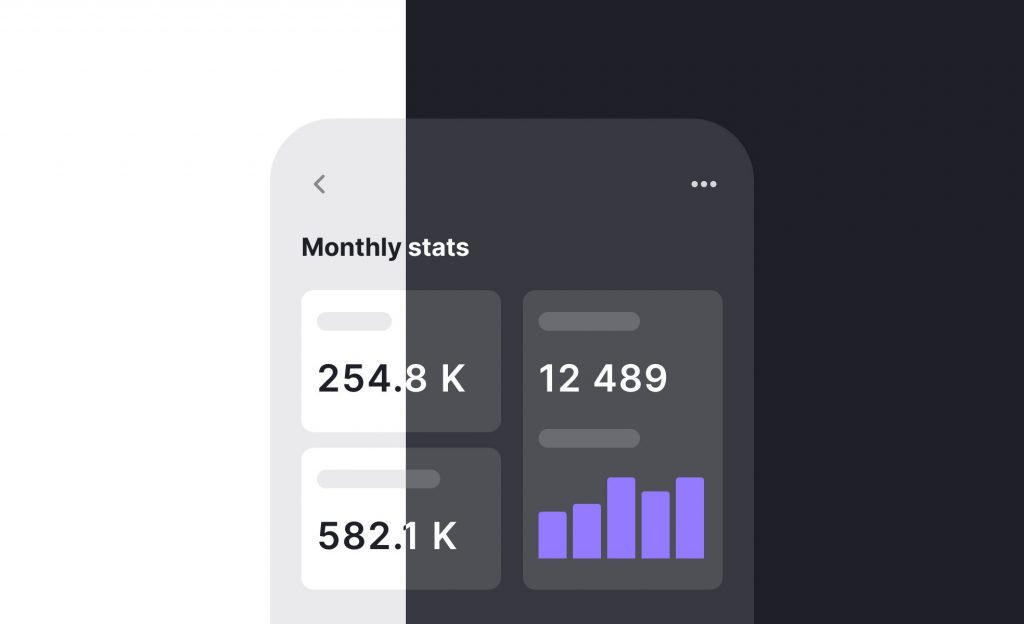Effective communication between developers and testers is a vital component of successful Agile testing practices. In the dynamic world of Agile development, where rapid iterations and continuous feedback are key, clear and seamless communication becomes even more critical. This article explores how Agile testing not only improves the collaboration between developers and testers but also enhances the overall efficiency and quality of the software development process. By understanding the significance of communication in Agile environments and implementing proven strategies for better collaboration, teams can streamline their workflow, address challenges effectively, and deliver high-quality products to market faster.
Introduction to Agile Testing
Agile development is like a choose-your-own-adventure book for software, allowing for flexibility and adaptability throughout the process.
Once you’ve gathered intel on your potential users, it’s time to create user personas. Think of them as your app’s imaginary friends – but with data to back them up. User personas help you design with real people in mind, making sure your app actually solves their problems and fits their needs like a glove. And don’t forget to gather feedback along the way. It’s like having a focus group of your own – minus the awkward snacks and small talk.
Evolution of Agile Testing Practices
Agile testing has come a long way from being an afterthought to becoming an integral part of the software development lifecycle.
Implementing caching strategies is like having a secret stash of goodies for your app to access quickly. It saves time, reduces server load, and keeps your users happy. Remember, in the world of mobile apps, speed is key. Don’t make users wait – they have more interesting things to do, like watching cat videos.

Importance of Communication in Agile Development
Communication in Agile is like the secret sauce that keeps everything flowing smoothly, ensuring collaboration and transparency.
Streamlining navigation is essential – users don’t want to feel like they’re lost in a maze when using your app. And consistency is key. Make sure your branding and visual design are on point throughout the app. Think of it as your app’s signature style – something that users will recognize and love.
Challenges Faced in Developer-Tester Communication
Sometimes, communication between developers and testers can feel like playing a game of telephone, leading to misunderstandings and bugs slipping through the cracks.
Regular security audits and updates are like getting regular check-ups at the doctor – they keep your app healthy and safe from any lurking threats. Remember, in the wild world of mobile apps, it’s better to be safe than sorry. Keep your app locked down tighter than your grandma’s secret recipe book.
Role of Testers in Agile Teams
Testers in Agile teams are the detectives of the software world, uncovering hidden bugs and ensuring quality every step of the way.
Integration of Testing Throughout the Development Cycle
Testing isn’t just a phase in Agile, it’s a mindset that permeates every aspect of development, from planning to deployment.
Collaboration Techniques for Developers and Testers
Pair programming is like a buddy cop movie where developers and testers work together to catch bugs before they wreak havoc, while test-driven development is like writing the ending of a story first to ensure a happy ending.
Joint Backlog Refinement and Sprint Planning
When developers and testers join forces for backlog refinement and sprint planning, it’s like planning a heist together – except the only thing they’re stealing is a successful software release.
Benefits of Enhanced Communication in Agile Testing
When developers and testers speak the same language (figuratively, of course), they catch bugs faster and smoother than a jazz saxophonist. This results in higher-quality products that leave customers grinning like they just found a secret stash of chocolate.
Efficient Issue Resolution and Faster Delivery Time
When developers and testers communicate seamlessly, they solve problems quicker than a squirrel nabbing a nut. This leads to faster delivery times, leaving stakeholders impressed and possibly considering erecting a statue in your honor.
Tools and Strategies for Improving Developer-Tester Collaboration
Think of Slack and Jira as secret weapons in your communication arsenal. They help developers and testers share information faster than you can say, “Bug squashed!”.
Implementing Continuous Integration and Delivery
Continuous integration and delivery are like the dynamic duo of software development, keeping everyone on the same page and ensuring that changes flow smoother than a hot knife through butter.
Challenges and Solutions in Communication for Agile Testing
Navigating misunderstandings is as crucial as figuring out if pineapple belongs on pizza (it doesn’t, fight me). By being open and clarifying expectations, developers and testers can avoid more confusion than a mime at a noisy rock concert.
Balancing Technical and Non-Technical Communication
Finding the right mix of technical and non-technical jargon is a bit like crafting the perfect cocktail. Too much technical talk can leave testers scratching their heads, while too little can breed confusion faster than a cat video goes viral.
Conclusion: Key Takeaways for Effective Communication in Agile Testing
In the grand scheme of things, communication in Agile testing is the glue that holds everything together, much like cheese on a pizza (yes, pizza analogies, always). By enhancing communication between developers and testers, you’re not just building better software – you’re creating a harmonious symphony of efficiency and collaboration. So, keep the conversations flowing, the tools handy, and the misunderstandings at bay. Your software – and your team – will thank you for it. Cheers to agile testing done right!
In conclusion, the effective communication between developers and testers in Agile testing is the cornerstone of successful software development. By embracing open lines of communication, leveraging collaboration techniques, and addressing challenges head-on, teams can enhance their productivity, product quality, and overall project outcomes. As Agile methodologies continue to shape the way software is developed and delivered, prioritizing communication between developers and testers will remain a key factor in achieving project success and customer satisfaction.




